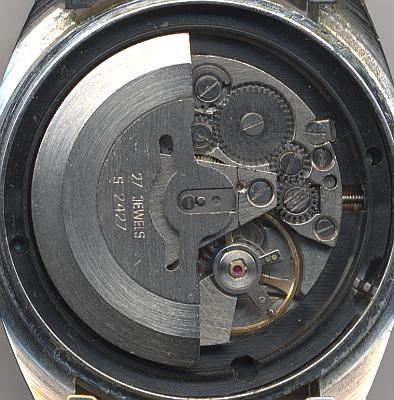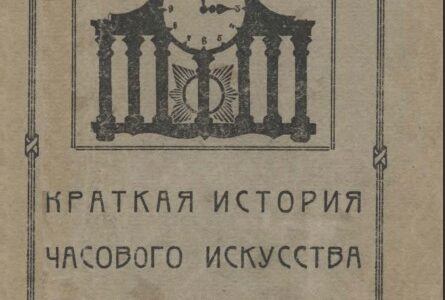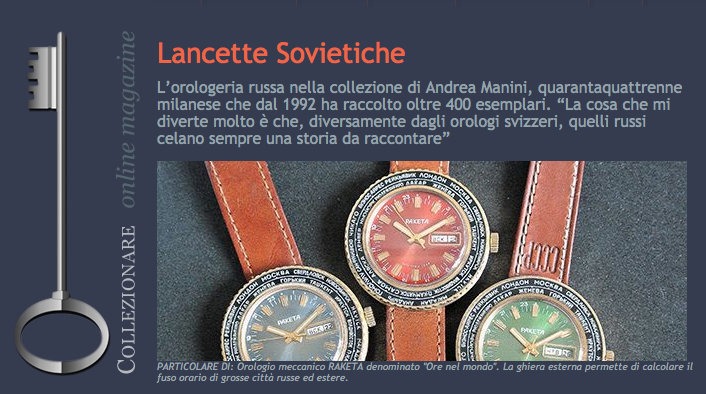Introduction
The CCCP Sputnik 1 is more than just a watch: it is a tribute to the first artificial satellite launched by the Soviet Union in 1957. This timepiece captures the spirit of an era filled with discoveries and technological advancements, symbolizing the history of space exploration.

Design Inspired by the First Satellite
The design of the CCCP Sputnik 1 directly reflects the iconic Sputnik 1 satellite. The watch features a dial that prominently displays the historic date of October 4, 1957, celebrating a pivotal moment in history. The dial is meticulously crafted, with elements that evoke the four antennas of the Sputnik 1, giving it a distinctive and captivating appearance.
Technical Specifications of the CCCP Sputnik 1
Beneath its vintage exterior, the CCCP Sputnik 1 houses a robust mechanical movement. It is powered by the Slava 2427 caliber, an automatic movement produced during the Soviet era. This movement has a 24 mm diameter and contains 26 or 27 jewels, providing a power reserve of approximately 40 hours. It also features two barrels for enhanced durability and precision, as well as shock protection.
The movement supports three central hands for hours, minutes, and seconds, and includes a day/date function positioned at 3:00. A quick date adjustment is made possible via a dedicated pusher at 2:00, making this watch both functional and visually appealing.

The CCCP and Slava Brands
The CCCP brand draws inspiration from the Soviet era of Russian history, a period marked by significant technological and scientific progress. The name CCCP is derived from the Cyrillic acronym for the Union of Soviet Socialist Republics (USSR), Союз Советских Социалистических Республик, transliterated as Soyuz Sovetskikh Sotsialisticheskikh Respublik.
Slava, one of Russia’s most historic watch brands, has a storied past that dates back to the Second Moscow Watch Factory. Today, however, the brand is owned by Citychamp Watch & Jewellery Group Ltd., a Chinese holding company that acquired Slava as part of its global expansion strategy. Citychamp also owns prestigious brands such as Corum and Eterna, blending European and Soviet watchmaking traditions with modern Chinese manufacturing capabilities.
Citychamp is renowned for preserving the historical identity of the brands it acquires, continuing to produce watches that are not only functional but also collectible. For more information on CCCP and Slava watches, visit their official website www.cccptime.com.

Why Choose the CCCP Sputnik 1?
Owning a CCCP Sputnik 1 means having a timepiece that not only commemorates a significant moment in human history but also represents a fine example of Russian watchmaking craftsmanship. It is ideal for watch enthusiasts who value both historical significance and technical excellence.
Conclusion
The CCCP Sputnik 1 is more than just a watch: it is a tribute to an extraordinary historical event. With its design inspired by the first artificial satellite and the Slava 2427 automatic movement, this watch is poised to become a collectible piece for all horology and space history enthusiasts.






